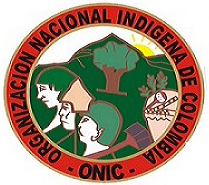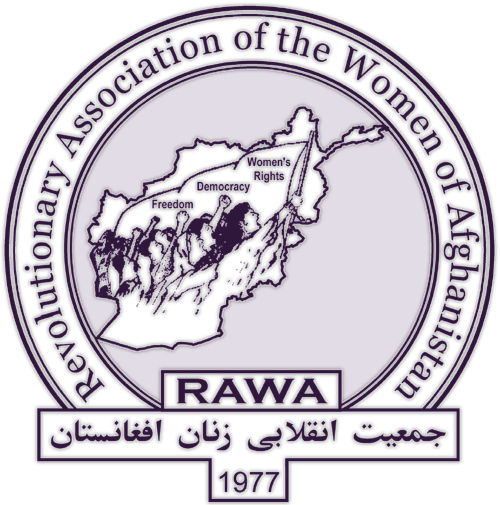mining
Ecuador left opposition reacts to Correa re-election
Ecuador's President Rafael Correa on Feb. 18 claimed an overwhelming re-election victory. Reuters perhaps inadvertently noted the contradiction in Correa's program, stating that his sweep at the polls "allows him to deepen his socialist revolution even as he seeks to woo foreign investment in the resource-wealthy Andean nation." Correa in his statements implied he is prepared to pick up the torch of Venezuela's ailing Hugo Chávez, Latin America's leading anti-imperialist head of state, who sent a statement of congratulations. "We will be present wherever we can be useful, wherever we can best serve our fellow citizens and our Latin American brothers," Correa told supporters who massed in front of the presidential palace in Quito, waving the green banners of his ruling Alianza Pais.
Peru: mining company rejects Conga referendum
In a Feb. 13 press conference in Peru's northern city of Cajamarca, leaders of the regional Unitary Struggle Command, joined by congressional deputy Jorge Rimarachín, announced a new cross-country march on the alpine lagunas threatened by the Conga gold-mining project. Leaders said the march, to begin at month's end from local campesino communities, would culminate a few days later in an occupation of area around the lakes to secure them against any move by the Yanacocha mining company. (Celendin Libre, Feb. 23) That same day, Yanacocha issued a statement rejecting plans by impacted communities to hold a consulta or referendum on the project. Yanacocha spokesman Javier Velarde said: "If we are going to accept conultas every time there is a project that wants to be developed, and if the consultas are on the margin of the law, without the participation of the authorities, we will be placing in danger all the mineral industry at the national level." (Celendin Libre, Feb. 23)
Colombia: mine contractor convicted in killings
On Jan. 25 Colombian judge William Andrés Castiblanco sentenced Jaime Blanco, a former contractor for the Alabama-based Drummond Co. Inc. coal company, to 37 years and 11 months in prison for masterminding the March 2001 murders of two union leaders in the northern department of Cesar. The court found that Blanco, who supplied food services for Drummond's La Loma mine, had arranged with right-wing paramilitaries, including one known as "Tolemaida," for the killing of Valmore Locarno and Víctor Hugo Orcasita, leaders of the mine's union. Blanco's assistant, Jairo Charris, was convicted in 2009 in the same murder plot and was sentenced to 30 years.
Dominican Republic mining contract challenged
The Justice and Transparency Foundation (FJT), a Dominican civil organization, has filed for an injunction against a contract the government signed with the Toronto-based Barrick Gold Corporation for the Pueblo Viejo gold mine in Cotuí in the Dominican Republic's central province of Sánchez Ramírez. The mine, a joint venture of Barrick and the Vancouver-based multinational Goldcorp Inc., opened last August despite strong opposition from environmental groups. It is set to begin exporting gold in February.
Peru: water authority rejects mine expansion
Peru's Yanacocha mining company—that seeking to develop the controversial Conga project in Cajamarca region—is appealing a ruling of the National Water Authority (ANA) barring expansion of its existing mine into new lands within its concession area. The lands, at a place called La Quinua Sur, lie within the headwaters of the Río Grande, which supplies water to the city of Cajamarca. Technically, the expansion, dubbed Yanacocha Oeste, was approved late last year by the Ministry of Energy and Mining (MINEM), but ANA denied approval to discharge effluent into local waterways that drain into the river. This effectively bars plans to develop a new open-pit mine at Quinua Sur.
Brazil: Amazon peoples declare against hydro
Some 500 members of the Munduruku indingenous group held a grand assembly Jan. 29 to Feb. 1 at the villahe of Jacareacanga, Pará state, in the Brazilian Amazon, where they denounced the Bacia Tapajós development project slated for their territory. The scheme calls for a complex of five hydroelectric dams on the Rio Tapajós, with the first slated for Teles Pires. Read the statement from the meeting: "We are not against the development of the country, but we will not accept having our lives destroyed in the name of a type of progress that will only benefit the great entrepreneurs who will be increasingly rich."
Guyana: miners win ruling over indigenous groups
A judge in Guyana's high court ruled Jan. 17 that indigenous groups do not have the right to expel "legal" miners from their lands. The judge, Diana Insanally, found that if the miners in question held a government-approved license then the local community had no right to dispute the operations. The ruling has sparked protests by indigenous groups and is expected to be appealed. "We are deeply disappointed and worried with this ruling and what it means to our village and to Amerindian communities in general," read a press release from the indigenous community Isseneru. "[I]t has serious environmental and social impacts for us. The miners have, for example, brought with them problems related to drugs and prostitution."
Peru: miners block Pan-American Highway
Informal miners in Peru's southern Arequipa region declared an open-ended paro (civil strike) Feb. 6, briefly blocking the Pan-American Highway at various points before being cleared by the National Police. Hundreds of miners armed with sticks gathered at several villages along the highway, erecting barricades to press thier demands for "formalization" of their mineral claims and a system of social security including a pension plan. The largest protest was in Ocoña, Camaná province, where some 2,000 marched. The srtike is being coordinated by the National Confederation of Artisenal Miners of Peru (CONAMI). (Sin Patrones, Feb. 6)















Recent Updates
4 hours 36 min ago
5 hours 1 min ago
12 hours 21 min ago
14 hours 3 min ago
1 day 5 hours ago
1 day 13 hours ago
3 days 6 hours ago
3 days 7 hours ago
3 days 11 hours ago
3 days 11 hours ago